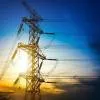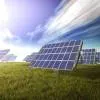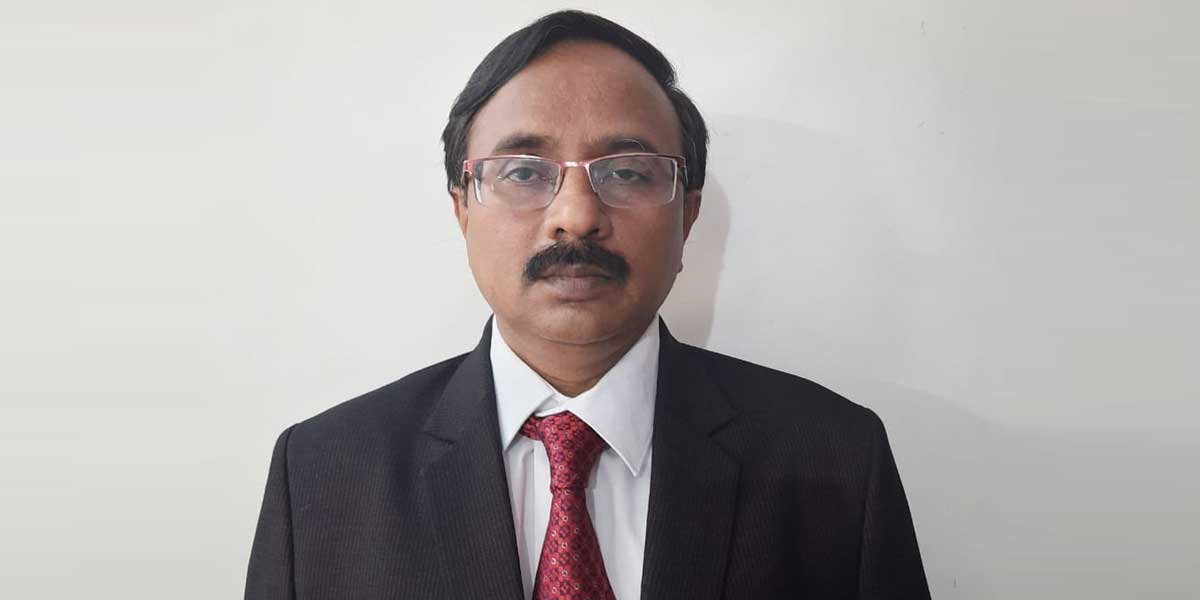
Waste Heat Recovery in Cement Plant
Read full article
CW Gold Benefits
- Weekly Industry Updates
- Industry Feature Stories
- Premium Newsletter Access
- Building Material Prices (weekly) + trends/analysis
- Best Stories from our sister publications - Indian Cement Review, Equipment India, Infrastructure Today
- Sector focused Research Reports
- Sector Wise Updates (infrastructure, cement, equipment & construction) + trend analysis
- Exclusive text & video interviews
- Digital Delivery
- Financial Data for publically listed companies + Analysis
- Preconceptual Projects in the pipeline PAN India
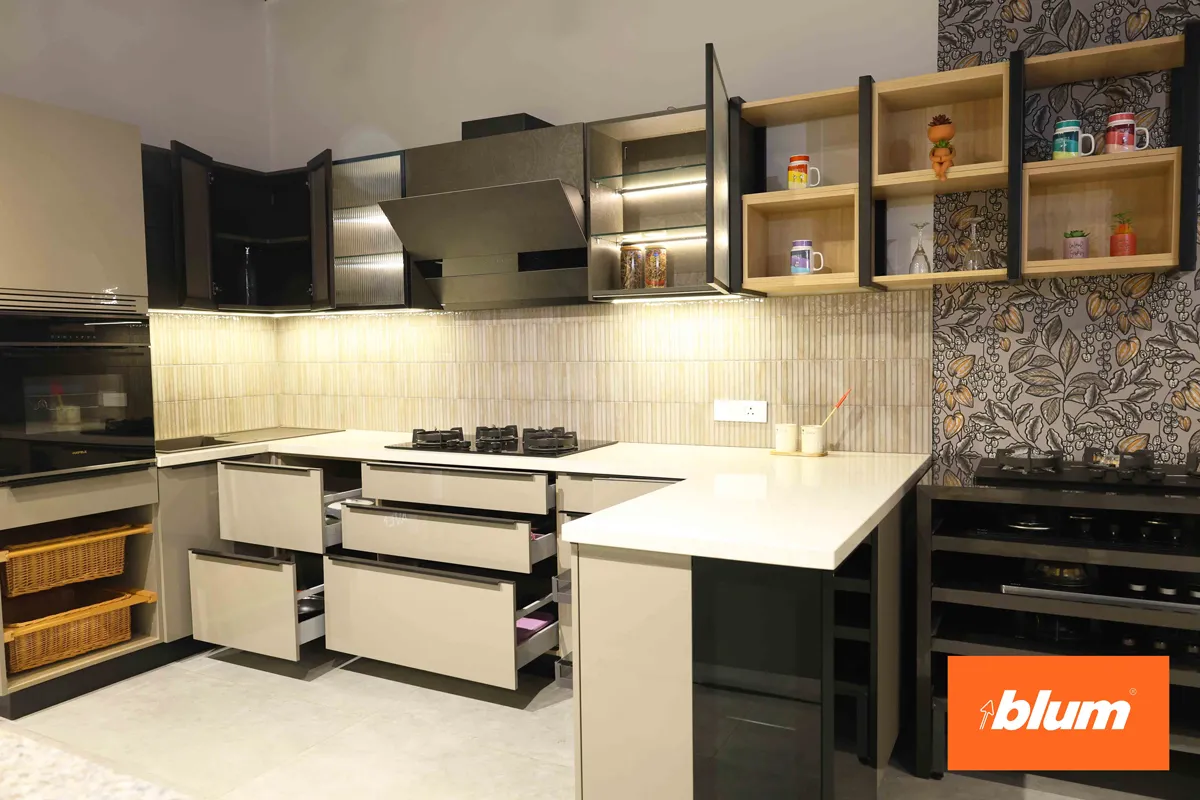
Blum Experience Centre Opens in Kanpur
Furniture fittings major Blum has expanded its presence in Uttar Pradesh with the opening of Elika by Ajanta Agencies, an authorised Blum Experience Centre in Kanpur. The centre offers homeowners, interior designers, and architects an opportunity to experience how high-quality fittings can transform comfort and functionality in modern living spaces. The experience centre showcases Blum’s signature innovations including the LEGRABOX drawer systems, SERVO-DRIVE motion technologies, SPACE STEP dual-purpose drawer and step solution, and SPACE TOWER tall pantry unit. Visitors can explore erg..
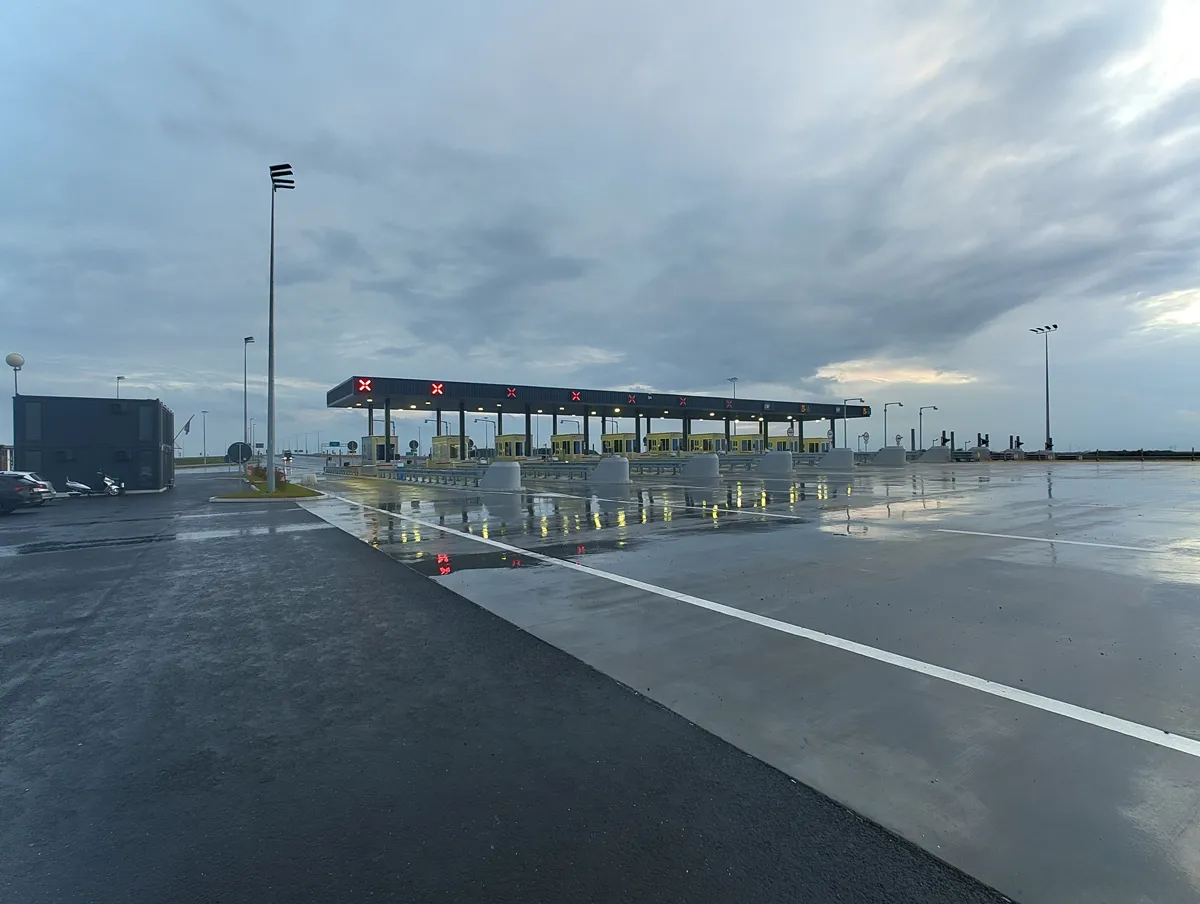
Kapsch TrafficCom Opens Four New Toll Plazas in Serbia
Kapsch TrafficCom has opened four new toll plazas along Serbia’s Moravski Corridor, marking another milestone in the country’s ongoing road infrastructure development. The corridor, a 112.4 km motorway in central Serbia, links the east-west axis with the north-south corridor between Hungary and North Macedonia, connecting the A1 and A2 highways and improving access between Belgrade and the Zlatibor mountain region. Ivan Katalina, Sales Manager Balkans, Kapsch TrafficCom, said, “The implementation of the tolling systems is proceeding smoothly and on schedule. Our local expertise, com..
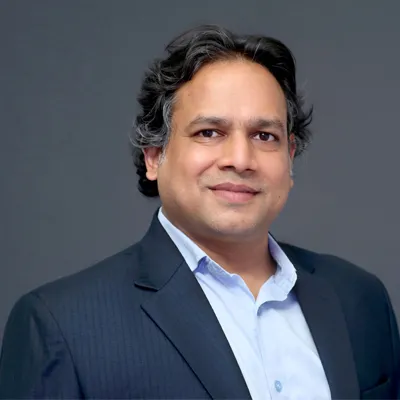
Megaliter Varunaa Secures Rs 15 million Seed Funding for Urban Water Circularity
Hyderabad-based Megaliter Varunaa, a subsidiary of NSE-listed Banka BioLoo Limited and mentored by Brigade REAP, has raised Rs 15 million in seed capital from long-term institutional investors. The funding will accelerate project development, technology innovation, and business expansion in urban water management. Megaliter Varunaa transforms sewage treatment plants into circular water utilities through its flagship ‘Megaliter Model’—a zero-CapEx, subscription-based solution that maximises wastewater reuse for non-potable applications such as flushing, landscaping, and chiller syste..






